by John Eargle [Altec-Lansing]
THE MOST significant advances in home music listening in the last five years have been the advent of quadraphonic sound, the general adoption of B-type Dolby noise reduction, and the "normalization" of loudspeaker/room response through system equalization. While quadraphonics represents a distinct revolution in the listening experience, noise reduction and system equalization are evolutionary, providing only improvements in what we may call the "transfer function" from studio to listener.
Our increased concern with these improvements stems mainly from the revolution which has been going on in the area of musical values; today, about 90 per cent of recorded product in this country is rock/pop, and virtually all of this product has its genesis over loudspeakers in the control room. Thus, noise reduction and equalization can justifiably be sought as ends in their own right.
Quadraphonic sound is happening at every turn, and the 15-year-old mono-stereo controversy is being re-enacted all over again. Noise reduction is being introduced gradually, and in a comparatively orderly fashion. It has long been an important part of the original recording process. A while ago it found its way to the cassette medium-one which was sorely in need of it. It has recently found its way into the production of reel-to-reel tapes, and it can make this medium, in either a stereo or quadraphonic configuration, the superlative one it was meant to be. It has also been introduced into FM broadcasting, and there it promises greater effective coverage for classical music stations.
The evolution of home sound system equalization has been neither orderly nor clear-cut in its direction. First of all, it has been, and will likely continue to remain, fairly expensive "embellishment" on what is already a good sound system. Many systems, in many good listening rooms, simply do not need specific contouring of the system to the room.
On the other hand, a marginal low-powered system cannot be equalized effectively at all.
A problem which has plagued the general adoption of home equalization has been one of adequate instrumentation--and who is to man that instrumentation. Sound level meters are rare; 1/3-octave noise tapes are rarer--and Real Time Spectrum Analyzers are not only rare, but expensive as well. It seems that the average audiophile is expected to equalize his own system by ear, since the number of dealers willing to provide the service is surprisingly low.
Let us now consider in detail the particular goals of equalization, some of the specific hardware available for the purpose, and instrumentation necessary to equalize accurately.
The Goal Of Sound System Equalization
Most professionals consider sound system equalization to be the answer for the audiophile who wants to duplicate in his listening room the acoustics and ambience of the recording studio control room. This is an ambitious goal, and it can, quite honestly, be met only through the use of detailed 1/3-octave equalization. Before this can be done, care must have been taken that the power-handling capabilities of the speakers and amplifier at hand are equal to the demand; both the watts and the ability to handle the watts must be duly assessed. It's quite an investment-but one well worth it for the dedicated audiophile.
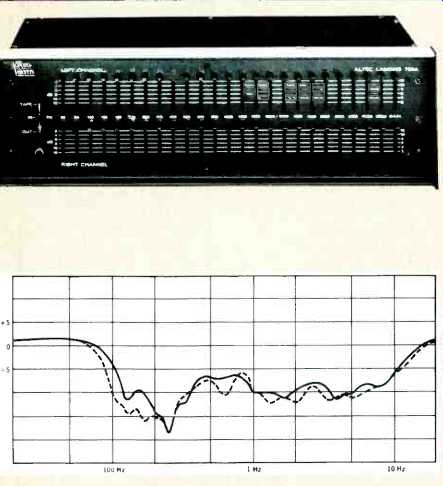
Fig. 1-The Altec Acousta-Voicette one-third octave room response equalizer
and two typical electrical equalization curves produced by it.
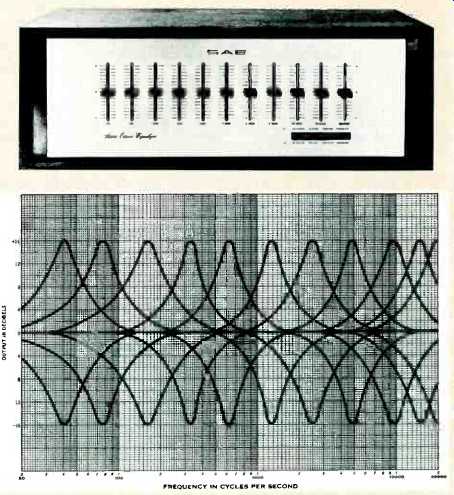
Fig. 2-The SAE MARK VII Stereo Equalizer and its family of curves.

Fig. 3-The 8050A Real Time Analyzer, a device which provides continuous
monitoring of sound energy levels in one third octave bands. The response,
which is updated each 30 milliseconds, can be viewed in either fast or
slow modes.
Fig. 4-Filter response curves for the 8050A Analyzer.
A second function of equalizers is met by the myriad one octave devices which are available. These operate in a sense as "super" tone controls-such devices have perhaps nine to eleven vertical slide controls which allow the user to tailor his system by ear. They are indeed useful devices, considering the variety of monitoring conditions between studios and the resultant spectral variations in records.
A typical example of a 1/3-octave equalizing system is shown in Fig. 1. This device, the Altec Model 729 Acousta-Voicette, enables the acoustical contour to be continuously and smoothly manipulated between the frequency extremes of 63 Hz and 12.5 kHz. It is a stereo unit and is normally inserted at the tape-out/monitor-in terminals of a typical stereo preamplifier or receiver. The Model 729 has the normal tape-in/tape-out monitoring facility which provide total flexibility in interfacing this device with a high-quality stereo system.
Typical of a one-octave wide equalizer is the SAE Mark VII Octave Equalizer. This device is available in a stereo model capable of handling the frequency range from 40 Hz to 20 kHz. Another octave-wide device is the Shure Model 610 Equalizer. Whereas the SAE device is a graphic equalizer, offering peaking as well as dipping functions for each vertical slide control, the Shure device, like the Altec 729 offers a family of combining-type attenuation-only curves. Figure 2 shows the SAE Mark VII along with a family of typical response curves for the device.
Instrumentation
Real time analysis has greatly simplified the equalization process in both the consumer and professional areas. The Altec Model 8050A Real Time Analyzer is shown in Fig. 3.
The device, introduced in 1971, has reduced the cost of real-time analysis to almost one-third of what it had formerly been, and this means that hi-fi dealers as well as professional sound contractors can perform detailed equalization at moderate cost to the consumer as well as moderate investment for themselves. Figure 4 shows the response curves of the individual filter sections which are displayed on the screen of the 8050A.
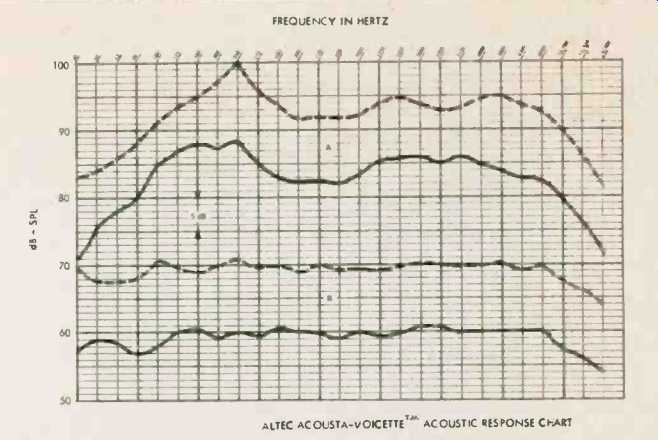
Fig. 5--Typical before and after acoustical response curves for a stereo
system in a normal environment. Equalization provided by an Altec 729
Acousta-Voicette monitored by an 8050A Analyzer.
The Interaction Between the Loudspeaker and Listening Room
A typical high-quality loudspeaker system located in a 20' x 15' x 9' living room may present a pre-equalization response as shown in Fig. 5-A. A pink-noise generator, which provides a random noise signal exhibiting equal energy-per octave, is applied to the monitor input of the system.
One may be surprised to see such a wide range of response--on the order of 16 dB-but this is typical of many high quality systems in many rooms. The inverse curve was introduced with the Altec 729 equalizer flat out to 8 kHz, with a 6 dB/octave roll-off above that point. Some kind of controlled high frequency roll-off is desirable to compensate, at least in part, for the fact that most records are themselves mixed and mastered over systems exhibiting a degree of high frequency roll-off. This is a standard situation throughout the industry; what is not standard is the precise degree of roll-off.
The 16 dB response variation, once it has been corrected, calls for a 40-to-1 power ratio, and consequent power reserve, between the equalization extremes. Specifically, in order for the left channel of the system of Fig. 5 to produce the same response level at 40 Hz as it does at 250 Hz, it will require 40-times more power; if 2.5 watts are sufficient at 250 Hz, then 100 will be required at 40 Hz. It has long been observed that the prime problem areas in most equalized systems are the insufficient provision of low frequency power as well as the inability of the loudspeaker to handle such powers. As we have said earlier, only good systems can be equalized.
"Pre-Equalized" Loudspeaker Systems
More and more, we are seeing loudspeakers in the marketplace with their own complementary active equalizers. These devices, placed just ahead of the power amplifier, provide fairly broad correction for the most commonly met loudspeaker/room difficulties. The usual problem is shown in Fig. 5; it is the tendency of most room/loudspeaker combinations to exhibit a substantial peak in the 80 to 200 Hz range with a fall-off of bass response below 60 Hz.
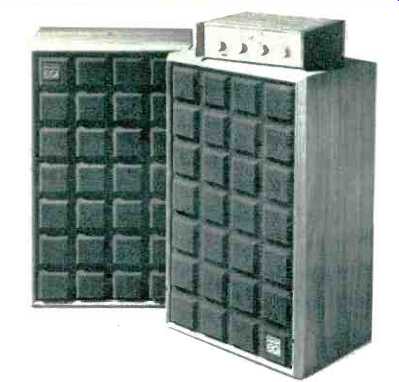
Fig. 6-The Altec "Concept EQ" loudspeaker system.
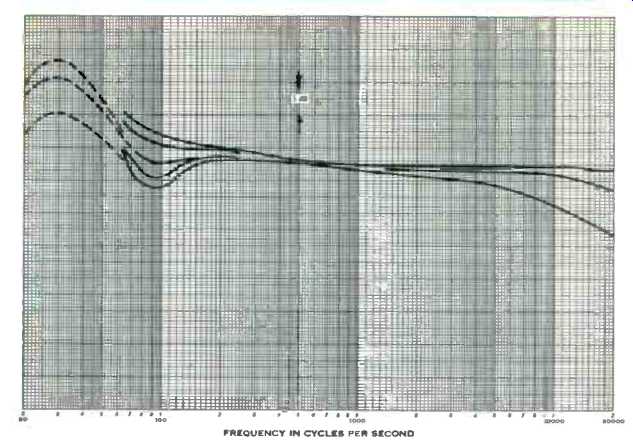
Fig. 7-Electrical response curves typical of the active equalizer portion
of the Concept EQ System.
The difficulty is largely one of the architectural acoustics; the majority of living rooms are too small to propagate extremely low frequencies as efficiently as the shorter wave response curves are shown in Fig. 7. Here we show the flexibility of high frequency tailoring and suppression of an 80 to 150 peak in the solid curves; the dotted curves show the range of extreme low-frequency boost. Actually, the equalizer portion of the Concept EQ system is a welcome adjunct to most wide-range systems, and is separately available at a cost of $125.
Another very well-known system with an integral active equalizer is the Bose 901. Here, the design aim was to provide the electrical equalization necessary for an array of nine loudspeakers to produce a flat spectral output under the specified mounting conditions of eight speakers facing a reflective wall of large dimensions at a distance of about one foot. The Bose equalizer provides a variety of high-frequency tailoring and a "below-40 Hz" cut-off function for alleviating excessive record rumble and other sources of amplifier overload. There is no specific tailoring of the mid-bass response or adjustment to varying room acoustics. Figure 8 shows the range of the Bose equalizer.
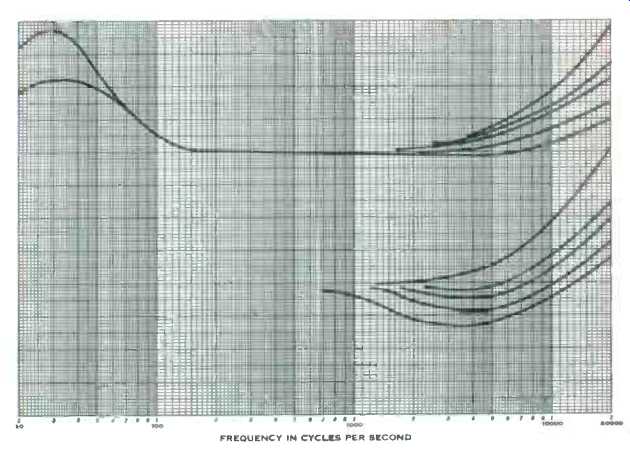
Fig. 8--Electrical response curves of the active equalizer portion of
the Bose 901 loudspeaker system.
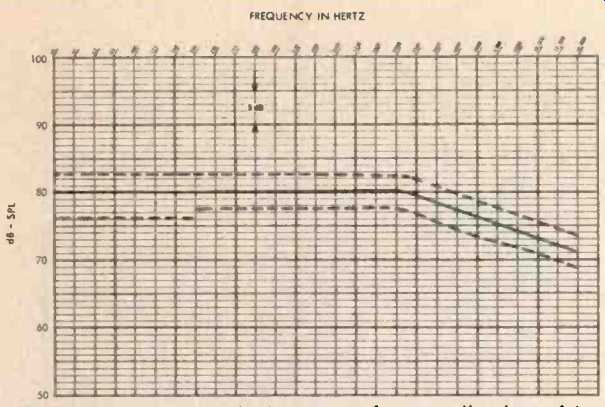
Fig. 9-Optimum acoustical contour for equalization of home systems.
Hints for the Audiophile
So far, we haven't been too encouraging. We've told you how good sound system equalization is-but we've also told you how expensive it is and how difficult it may be to make it perform properly. The well-to-do audiophile in a large urban area can always purchase an Acousta-Voicette for the sum of $875 from a qualified Altec sound contractor or hi-fi dealer and be assured that the equalizer will be properly adjusted.
On a less ambitious level, he can buy an equalizer, either one-third or one-octave, and equalize it himself by ear-or through the use of any of a number of phonograph discs made for the purpose. Such records date back to early issues of the famous CBS Laboratories Test Record Series, and in recent times the Altec Acousta-Voicing test record has certainly been the best known. This record presents carefully calibrated one-third noise bands covering the range of frequencies which can be adjusted by the Acousta-Voicette. The record is designed to be played back via the normal RIAA playback response, and monitored with a Sound Level Meter (SLM). With this device, the sound pressure output from each band is carefully noted and charted. The accuracy of the Acousta-Voicing test disc is +/- 1/4 dB from 50 Hz to 2000 Hz and +/- 1 1/2 dB above 2000 Hz.
An audiophile wishing to equalize his own system with this disc should observe the following:
1. Make sure that the SLM is operating in its flat mode-the so-called "C" scale.
2. Make sure that the phonograph cartridge is a flat one--and in excellent condition. The better crop of today's cartridges working into good preamps just about guarantee this.
If the cartridge is not flat, then the resultant equalization will be "biased," so to speak, in favor of the phonograph cartridge, and other input signals, a tape recorder for example, will be reproduced with an improper contour.
3. Take your time; don't try to equalize too quickly. Adjust a few controls at a time-and then only slightly. Special graph paper is available to facilitate plotting of the curves, and the Altec dealer who can provide the Acousta-Voicette can also provide the disc and the graph paper.
4. Don't try to equalize the system to a flat contour. Let it roll off above 2 kHz at about 3 dB-per-octave. This is shown in Fig. 9. A tolerance of ± 21 dB can usually be maintained over the range from about 200 Hz up to 8 or 9 kHz, if sufficient care is taken. Below 200 Hz, the effects of room resonant modes, with their characteristic peaks and dips, tend to dominate the response. In the region below 200 Hz we simply have to accept dips in the response of perhaps 4 dB; peaks should be held as low as possible. Always perform the equalization with the SLM located at the prime listening position.
Why the Response Should Not Be Flat
At least at the present time, the acoustical response of a playback system, whether in the studio or in the home, should exhibit a rolled off response above 1 or 2 kHz. Let us see why this should be the case by going all the way back to the recording studio and examining the consequences of flat monitoring of recorded product. At this point, the author quotes from a paper given at the AES Convention in Rotterdam, February 1973:
"Another important consideration in equalizing monitor systems is the precise tailoring of the high-frequency response. The question of 'flat vs. rolled-off response has been discussed in some detail, and there is a general consensus among recording engineers that some sort of high frequency roll-off is desirable. The reasons, of course, are obvious; most home playback equipment exhibits substantial high-frequency roll-off at normal listener's positions, and a recording monitored and equalized over a system exhibiting the same kind of roll-off will convey most of the musical values the recording producer had in mind.
On the other hand, a recording monitored and equalized on a flat system would surely sound dull and lifeless played over the rolled-off system. The answer to the problem is not to make all systems flat; that would call for a reassessment of present disc equalization standards, not to mention the problems of playback equipment design and obsolescence. Rather, the answer is to be found in standardizing on a degree of roll-off, with reasonable tolerances, which can be met by the manufacturers of home playback machinery and studio monitors alike." (1)
1. J. Eargle: "A Summary of Recording Studio Monitoring Problems" given at the 44th AES Convention in Rotterdam, February 1973.
==========
(adapted from Audio magazine, Nov. 1973)
Also see:
dbx 10/20 Computerized Equalizer/Analyzer (Jan. 1985)
= = = =